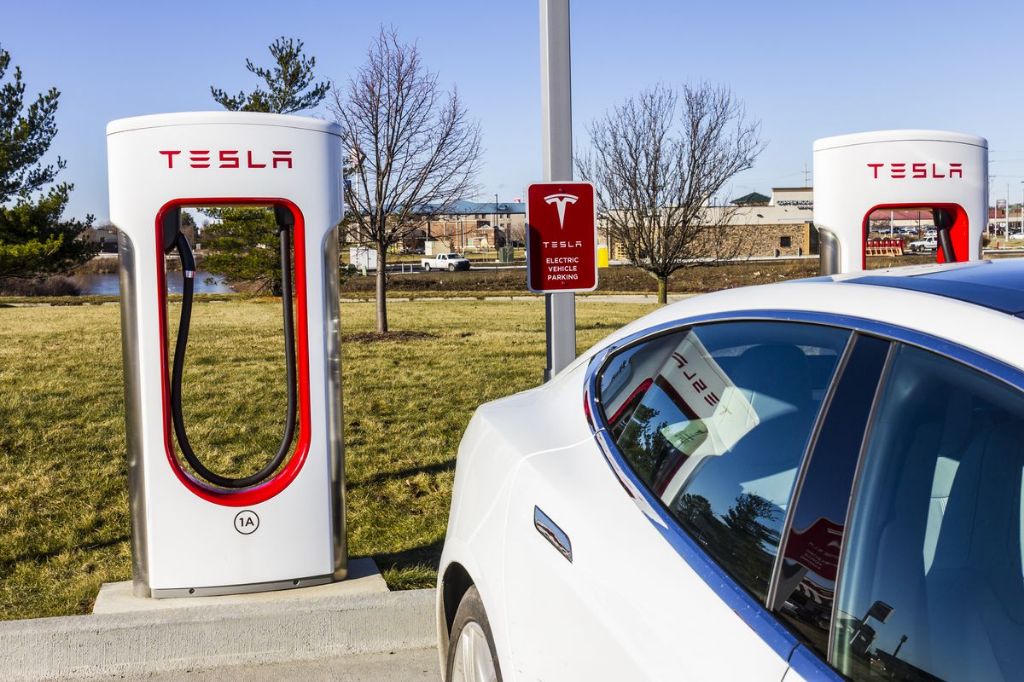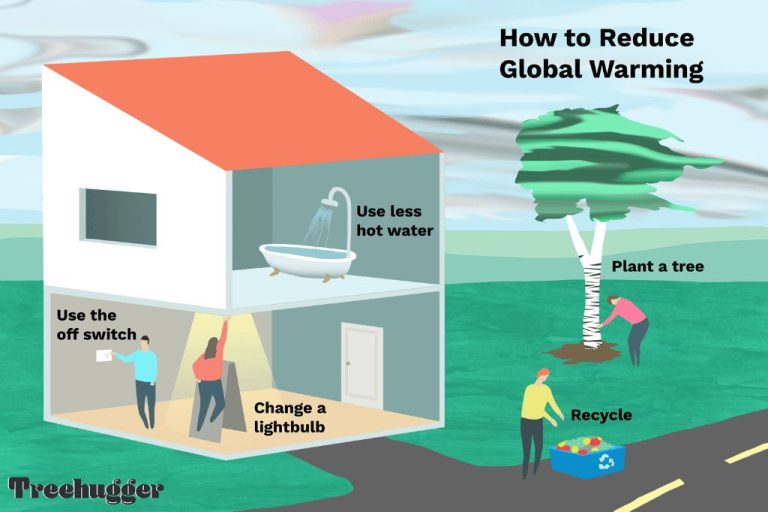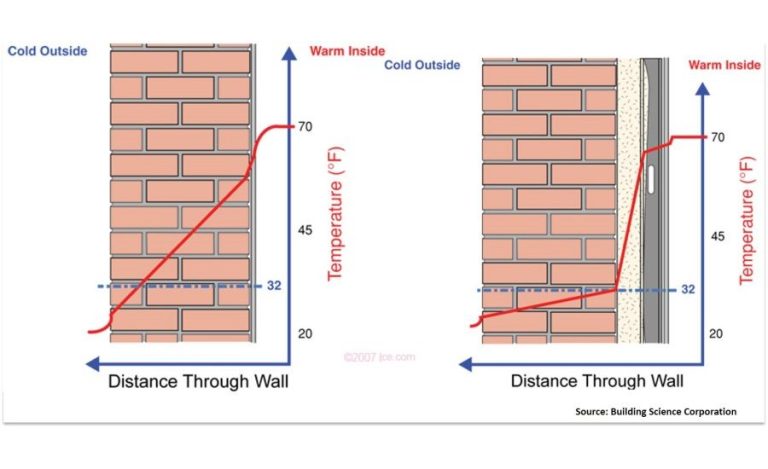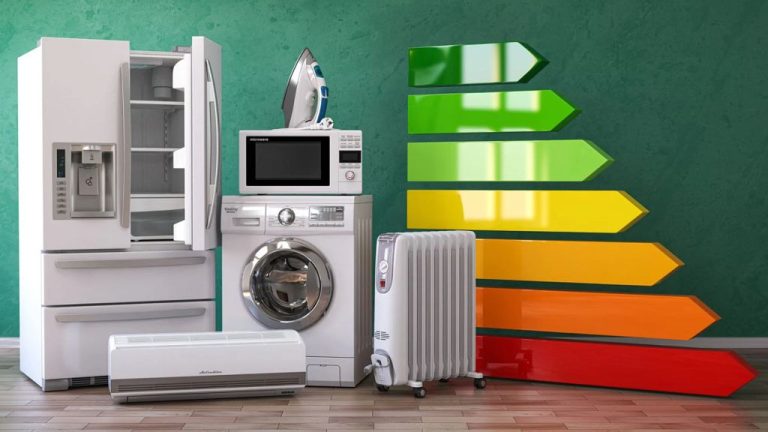Why Are There So Many Tesla’S In Austin?
The streets of Austin, Texas have become filled with Tesla vehicles in recent years. Drive down busy thoroughfares like MoPac or I-35 and you’ll be surrounded by the sleek, futuristic design of the Tesla Model 3, Model S, and Model X. In parking lots across the city, it’s hard not to notice the distinguishable front “grille-less” look of these electric vehicles charging at Supercharger stations and public charging locations. For a city known for tech innovation, Austin has certainly embraced Tesla in large numbers.
Tesla Gigafactory
A major reason for the increase in Teslas in Austin is the opening of Tesla’s new Gigafactory just outside the city in Travis County. The Gigafactory Texas covers 2,500 acres along the Colorado River and has over 10 million square feet of factory floor space. It serves as a manufacturing hub for Tesla’s Model Y SUV and will eventually produce the Cybertruck as well. Construction on Gigafactory Texas began in July 2020 and limited Model Y production started in 2021, with plans to ramp up to full production capacity by the end of 2022.
Tech Industry Growth
Austin has experienced rapid growth in its technology industry over the past decade.

The Austin Chamber of Commerce reported 3.5% growth in high tech jobs in 2020 despite the COVID-19 pandemic. Nationally, high tech employment declined that year [1]. In 2021, Austin saw 8.5% job growth across all industries, up from 3.9% the previous year. High tech job growth outpaced the overall rate [2].
Major tech companies like Apple, Amazon, Google, Facebook, and Samsung have expanded their footprints in Austin. Dozens of startups have also emerged, focusing on areas like AI, cloud computing, cybersecurity, and more.
This tech boom has fueled economic growth, bringing high-paying jobs and investment to the region. As more tech workers move to Austin, demand for tech-friendly amenities, housing, and transportation has risen as well.
Affluent Population
Austin has a high percentage of affluent and wealthy residents compared to other major cities in Texas. Many professionals in the technology, business, finance, legal, and medical sectors earn sizeable salaries in Austin. According to census data, Austin’s median household income is over $71,000, much higher than the nationwide median. Additionally, nearly one-third of Austin households earn over $100,000 per year.
This affluent demographic has the means to purchase luxury electric vehicles like Teslas. While Teslas are expensive cars with base models starting around $40,000, they are attainable and popular purchases among Austin’s upper middle class and wealthy populations. With comfortable incomes and prosperity, Austinites have shown a willingness to pay premium prices for sustainable electric vehicles that are considered status symbols.
EV Incentives
The state of Texas offers several incentives for residents who purchase or lease an electric vehicle. One of the most notable is the Light-Duty Motor Vehicle Purchase or Lease Incentive Program administered by the Texas Commission on Environmental Quality (TCEQ). This program provides grants of up to $2,500 for individuals, businesses, nonprofits, and government entities purchasing or leasing new all-electric and plug-in hybrid electric vehicles [1]. To qualify, the vehicle must be registered in Texas and meet certain emissions standards. The grant amount is based on the vehicle’s battery capacity, with EVs that can travel further per charge receiving higher incentives. This program has helped spur EV adoption by lowering the upfront cost.
Texas also offers some more localized electric vehicle incentives. For example, electric cooperative CoServ provides members rebates of up to $2,000 for installing Level 2 EV charging stations. Some public utilities like Austin Energy and CPS Energy have offered discounted electricity rates specifically for EV charging. Major Texas cities including Houston, Dallas, and San Antonio have implemented additional incentives like rebates on home charger installation and exemptions from city stickers or registration fees [2].
Overall, the financial incentives available in Texas have helped make EVs more affordable for residents. With lower purchase/lease prices and savings on charging and maintenance costs, the total cost of ownership for an EV in Texas can be very appealing.
Charging Infrastructure
Austin has a robust electric vehicle (EV) charging infrastructure that contributes to the high number of Teslas in the area. According to Chargehub, Austin has 1,417 public EV charging ports within 15km of the city center. Most of these are Level 2 chargers that can provide over 20 miles of range per hour of charging. Additionally, PlugShare shows Austin-Round Rock has 1,529 total public charging stations, with 190 being completely free to use.
Austin Energy, the city’s public utility, has installed hundreds of charging ports around the city and offers rebates for residential customers who install Level 2 chargers at home. Their charging station map shows ample coverage across the city. With robust public and residential charging options, range anxiety is reduced for Austin EV owners.
Environmental Awareness
Austin has long been known for its progressive values and focus on sustainability. This environmental awareness has contributed to the popularity of Tesla vehicles in the area. According to the One Austin Survey conducted by the city, environmental issues like climate change and clean energy are top priorities for Austin residents. The city government has made sustainability a key goal, with initiatives to increase renewable energy, expand public transportation, and reduce waste.
Many Austinites are eager to reduce their carbon footprint by driving an electric vehicle like a Tesla. Tesla’s sleek, high-tech designs also appeal to Austin’s young, environmentally-conscious population. With sustainability deeply ingrained in the city’s culture, Teslas have become a statement and status symbol of Austin’s green values.
Tesla Brand Appeal
Tesla has become one of the most recognizable and desired automotive brands in recent years. According to a 2019 study by Strategic Vision, Tesla had the highest brand awareness among electric vehicles, with unaided awareness of 31% compared to the next highest EV brand, Toyota, at just 8%.[1] Tesla’s distinct style and technology features have cultivated strong brand loyalty and appeal.
However, Tesla’s brand favorability has declined in 2022-2023 according to surveys. One survey in January 2023 showed Tesla’s brand favorability dropped from 28.4% in January 2022 down to just 13.4%. The reasons cited include increased competition, quality control issues, and Elon Musk’s controversial behavior on Twitter.[2] Still, Tesla continues to lead all other automotive brands in awareness and consideration for EV purchases.[3]
In summary, Tesla enjoys very high brand recognition due to its pioneering role in the EV market and provocative marketing. But challenges to quality and favorability show the importance of maintaining brand standards over the long-term.
[1] https://www.forbes.com/sites/edgarsten/2019/08/19/tesla-is-ev-brand-awareness-juggernaut-compared-to-competition/
[2] https://www.forbes.com/sites/alanohnsman/2023/01/12/teslas-brand-is-tanking-survey-finds/
[3] https://cleantechnica.com/2023/06/15/tesla-drops-50-places-in-brand-reputation-survey-what-does-that-mean/
Tesla Referral Program
Tesla has an attractive referral program that incentivizes existing Tesla owners to refer new buyers. According to Tesla’s referral program details, the referrer can earn various rewards like free Supercharging miles, discounts on car accessories, and chances to win prizes like a Founders Series Model Y or Roadster.
For referring someone who purchases a new Tesla vehicle, the referrer gets 1,000 miles of free Supercharging. They also enter a sweepstakes to win exciting prizes each quarter. Meanwhile, the referred customer gets 1,000 free Supercharging miles for purchasing a new Tesla car.
This type of generous referral program creates a strong incentive for Tesla owners to convince friends, family and colleagues to buy a Tesla too. As each owner refers multiple new buyers, it can have an exponential impact on Tesla sales and visibility in a city like Austin.
Conclusion
In summary, there are several key factors behind the recent rise of Tesla ownership in Austin:
The opening of Tesla’s Gigafactory in Travis County has drawn many Tesla employees and enthusiasts to the area. As the company ramps up operations, this influx is likely to continue.
Austin’s booming tech sector, educated population, and high median income make it a natural fit for Tesla’s high-end electric vehicles.
Texas offers incentives for electric vehicle purchases that help offset their typically higher upfront costs.
An extensive charging infrastructure enables convenient long-distance travel across the state in a Tesla.
Austin’s eco-conscious culture embraces EVs as a way to reduce emissions and environmental impact.
Tesla’s brand cachet and innovative technology appeal to Austin’s many early adopters.
Tesla’s referral programs encourage existing owners to promote the brand within their social circles.
With all these factors reinforcing each other, Austin seems poised to continue leading the way on Tesla adoption in Texas.




